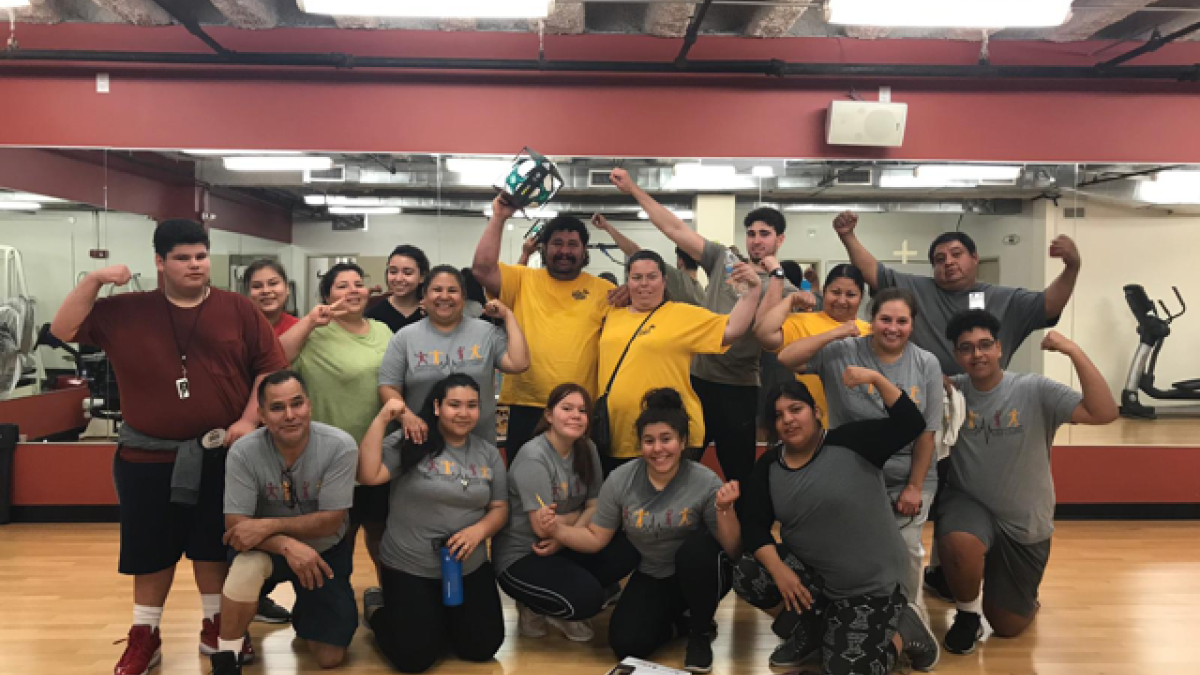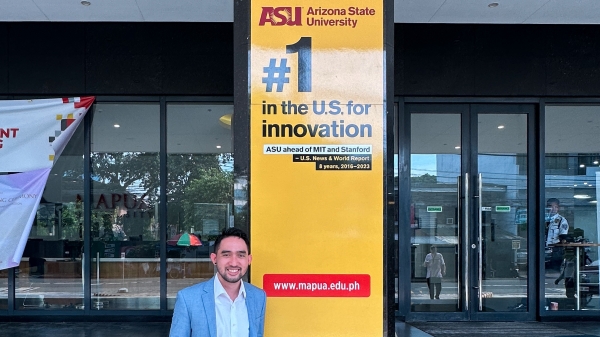Exercise and education: Diabetes prevention work helps local Latino children, families

Derek Parra’s eating plan was fairly simple. Whatever his mom, Miriam, put on the plate, he would eat — sometimes up to four portions.
In-between meals, he would down unhealthy snacks, sodas or juices with a high sugar content.
Parra still can put away the food. He’s 15 years old, after all. But the Valley teenager is making wiser decisions to feed that teenage appetite, drinking water instead of soda – with the occasional Dr. Pepper mixed in – and eating more vegetables and fruit.
Miriam is helping as well, cooking with less oil and encouraging Derek and her other children to get their sugar from fruit instead of candy.
They’ve fallen off the wagon at times, but they’ve also learned what to eat and, just as importantly, how to eat.
“We’re very conscious about what we’re eating,” Miriam said through an interpreter. “That information has stuck with us.”
Those healthier choices — and the education needed to change habits — are exactly what Gabriel Shaibi, a professor in Arizona State University’s Edson College of Nursing and Health Innovation, hoped to accomplish when he launched a program six years ago to help Valley Latino children, ages 12 to 18, who were predisposed to diabetes.
The results of the study, which was boosted in 2021 with a $3.3 million grant from the National Institute of Diabetes and Digestive and Kidney Diseases, were published this week in the Journal of the American Medical Association.
Among the findings:
- There was a 10% improvement in glucose tolerance (a measure of how kids process sugar) after 12 months.
- There was a 37% increase in insulin sensitivity (a measure of how well the body uses insulin) after six months.
- The kids in the study reported a 10% increase in their weight-related quality of life after 12 months.
“What we learned is that these kids, when you provide them access to preventative services, they can do better,” said Shaibi, the principal investigator on the project.
Shaibi said the impetus for the study was data from the Centers for Disease Control and Prevention that showed Latino children are predisposed for diabetes at a rate between 1.5 and 1.7 times higher than white children.
“We designed a study that says, ‘You know, we appreciate that there’s disparities in the community,’” Shaibi said. “And these disparities are not just about the haves or have-nots but these kids also have a really difficult time accessing traditional health care services.”
The program, which included 117 families from around the Valley, was a collaborative effort between ASU, Valley of the Sun YMCA, St. Vincent de Paul and Phoenix Children’s Hospital, the latter two of which recruited families and helped design the curriculum.
The dual focuses: Education and exercise.
“The real key is how do I implement this into my day-to-day life,” said Micah Olson, medical director for the Type 2 diabetes program at Phoenix Children’s Hospital and a co-author and co-investigator on the study. “And that is not easy, especially in the environment that we live in today, where calories come very cheap and it’s hard to move our bodies the way we used to.
“So the hypothesis of the study was: Can we deliver this information in a way that’s culturally focused and delivered by teachers that culturally speak the language and would that be more effective in having kids and families make the kind of changes that we’re asking them to do, compared to what we might do in the halls of a medical clinic?”
Parents and their children made their way to the downtown Phoenix YMCA once a week to do physical exercises, learn how to make better food choices, and both modify and keep track of their behavior. The exercise programs were designed by YMCA trainers, and bilingual health educators and dieticians from St. Vincent’s and Phoenix Children’s Hospital were on hand to help families that didn’t speak English.
“It’s all delivered in the community, by the community, for the community,” Shaibi said. “We think that is pretty unique because it’s not, ‘Hey, come to our clinic at ASU.’ It’s, ‘We’re going to bring the research to the community where it can best be implemented.’”
The families were given assignments, one of which was being handed coupons for Food City and having to find ingredients for a healthy meal at less than $5 per person.
“That becomes their homework,” Shaibi said. “Can you go out, shop for and prepare a healthy meal on that budget? That was eye opening to some of these families.”
The following week, the families would talk about the healthy meal they made and how they were surprised they could do so on such a limited budget.
It’s all delivered in the community, by the community, for the community.
— Gabriel Shaibi, professor, Edson College of Nursing and Health Innovation
“We made it a little bit of a competition as well,” said Elvia Lish, director of the Ivy Center for Family Wellness at St. Vincent de Paul. “We’d tell them, ‘It has to be delicious, but it has to be cost-effective.’ And then whoever has the lowest cost meals won the prize or the game. They came up with really great examples that highlighted you don’t have to eat really expensive foods in order to be healthy.”
The families were also given healthy recipes they could cook.
“It gave me a sense of nutrition, like certain things that I was not supposed to eat too much of and how to eat a balanced diet,” Miriam Parra said.
Libby Corral, chief operating officer of the YMCA, said the shared experiences of the families brought them together in a way individual diet, exercise and nutrition programs could not.
“They really developed that sense of community,” Corral said. “We had these groups of families and kids that have the same issues and are able to learn from each other and support each other. They built friendships and relationships that outlasted the program itself.”
Shaibi’s hope is that the study has generational benefits for families. The children who exercise and develop healthy eating habits today will be the parents who teach their own children those behaviors tomorrow. To do its part, the YMCA has given all 117 families in the study free six-month memberships.
“We know these types of diseases travel in families,” Shaibi said. “If you are a kid whose parents have diabetes, you’re more likely to get diabetes. But we also know that prevention and behaviors track in families. If your parents were active, you’re more likely to be active and so on.”
Although the study is complete, the work isn’t. Shaibi and his team have received an additional round of funding to continue the research and target entire households over the next five years.
“We’re trying to have a bigger effect,” he said. “It can be mom, dad, cousins, grandparents, whoever’s living in the household.”
Top photo: Participants in the program after a fitness class at the YMCA.
More Health and medicine
College of Health Solutions medical nutrition student aims to give back to her Navajo community
As Miss Navajo Nation, Amy N. Begaye worked to improve lives in her community by raising awareness about STEM education and health and wellness.After her one-year term ended last month, Begaye’s…

Linguistics work could improve doctor-patient communications in Philippines, beyond
When Peter Torres traveled to Mapúa University in the Philippines over the summer, he was shocked to see a billboard promoting Arizona State University.“It wasn’t even near the university,” said…

Turning data into knowledge: How Health Observatory at ASU aims to educate public
This is how David Engelthaler described his first couple of months on the job as executive director of the Health Observatory at Arizona State University:“It’s been a little bit of drinking from the…